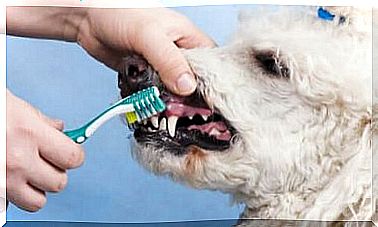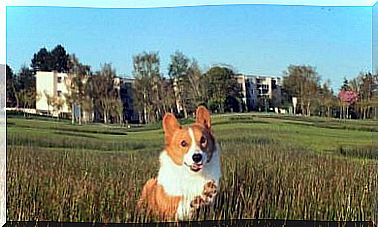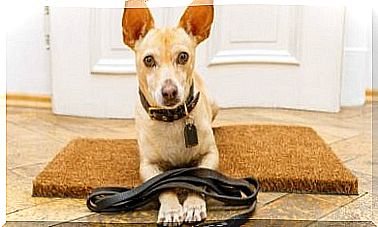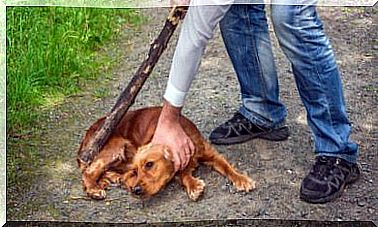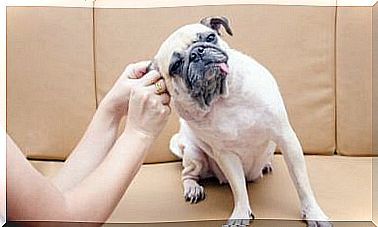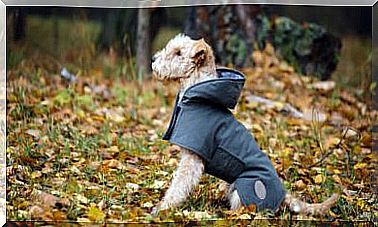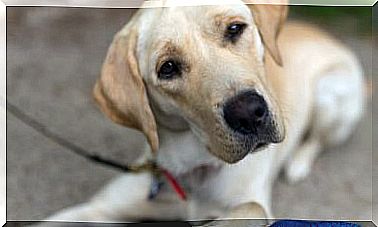What Does Collar Color Have To Do With The Character Of A Dog?
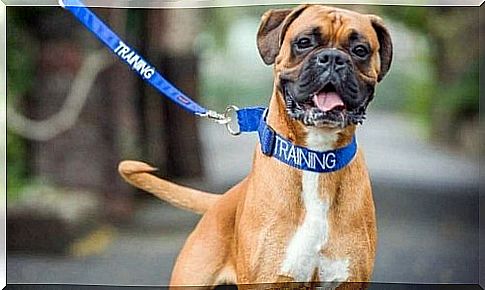
Colors have a strong signaling effect, this can also be useful when choosing the collar color . Because there are now various articles on the market, which indicate the character of the dog by their color. Do not doubt to use them, because that way others know immediately whether it is better to keep your distance or whether there is no danger.
The collar color and character of the dog
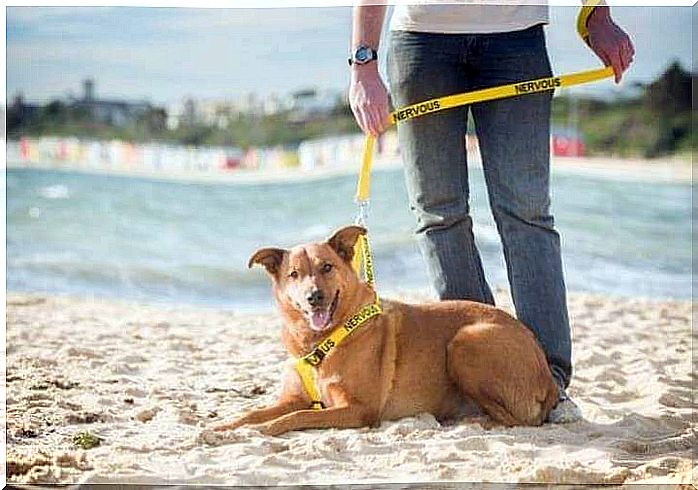
If you come to a horse stud farm, you may discover that a horse has a red ribbon on its tail. This means that it is a specimen that usually “exits” when approached. This notice increases the safety of people passing by and at the same time protects the animal’s peace and quiet.
This color code has been transferred to the world of dogs. The system is used to “enlighten” the environment about the character and needs of the dog in question.
The initiative started in September 2012 with “The Yellow Dog Project”. Dog owners began by attaching a yellow ribbon to the dog’s leash, neck, or collar to advise others to ask the owner first before petting the animal. Children in particular should be protected from contact with four-legged friends.
In a short time this project spreads worldwide, meanwhile it is present in over 40 countries. With a yellow ribbon or leash, passers-by can tell whether the dog is aggressive with other animals, whether it likes children, or whether or not it can suffer people of a certain size.
Awareness collars
The Yellow Dog Project tries to use a yellow collar to signal to others that the dog needs its space. Perhaps he is still in training, has been mistreated in the past, is in heat, or is too friendly to strangers. If you can see the yellow collar from a distance, it is definitely good to keep your distance.
The animal does not have to be aggressive, it may be afraid, in pain or shy. Possibly they are former street dogs, service dogs or still untrained young dogs.
Of course, the collars do not mean that the dog does not need training or that the dog owner has no responsibility.
The project is very successful in Western Europe, and it has also been very well received in North America and Australia. It has yet to be spread in South America, Africa, South Asia and Eastern Europe.
Different collar colors for your dog

In addition to the project of the yellow ribbon, the company Friendly Dog Collars endeavors to introduce different colors to indicate possible behavior and reactions of the fur animal. They sell collars, harnesses and dog leashes in all colors. In addition, the behavior of the animal is given in words.
Jon Saville is the founder of the company. He is the owner of a Staffordshire Bull Terrier (considered dangerous), who got fed up with the prejudices of passers-by when walking his dog. For this reason , he decided to develop this range, which has been successful with pet owners all over the world. It is an easy way to point out the character of the fur nose.
The color code (e.g. collar color) that informs passers-by on the street or in the park about the character of the four-legged friend is interpreted as follows:
- Red: You are not allowed to approach the dog. Caution!
- Orange: the animal does not get along with other dogs.
- Yellow: The dog is nervous and unpredictable. It can also mean that he still has to get used to it.
- Green: You can approach alone or with animals. He is friendly.
- Blue: He is on duty or is being trained, so he must not be harassed.
- White: The dog is deaf, blind or has some kind of disability.
- Lila: You can’t feed him (for any reason).
Image source: images.clarin.com


